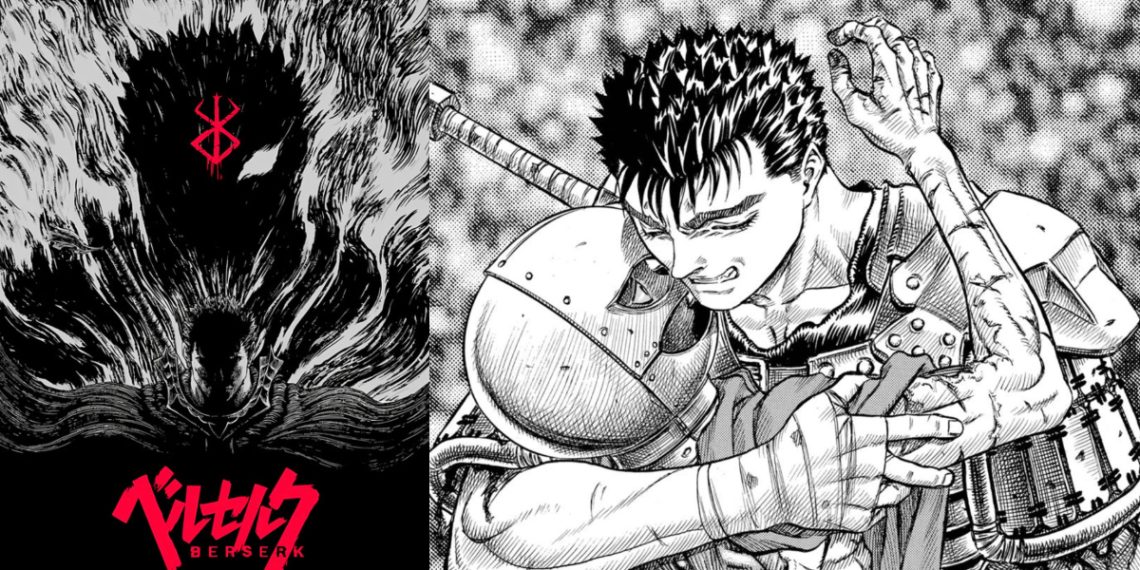Within the expansive anime franchises, many are renowned for their action-packed narratives, thrilling adventures, and epic intrigues. The majority of these fall under the shonen demographic, offering content that is generally suitable for a family audience. However, at the opposite end of this spectrum lies Kentaro Miura’s Berserk, a dark fantasy manga and anime that epitomizes the genre’s grim and brutal nature.
Berserk is characterized by its gritty storytelling, delving into themes and events that are often disturbing and unsettling. Yet, beneath this grim exterior lies a wealth of quality content.
Berserk transcends its dark atmosphere to emerge as one of the finest manga series in existence. Every facet of the series, from its breathtaking artwork to its vividly depicted characters, is executed with unparalleled precision.
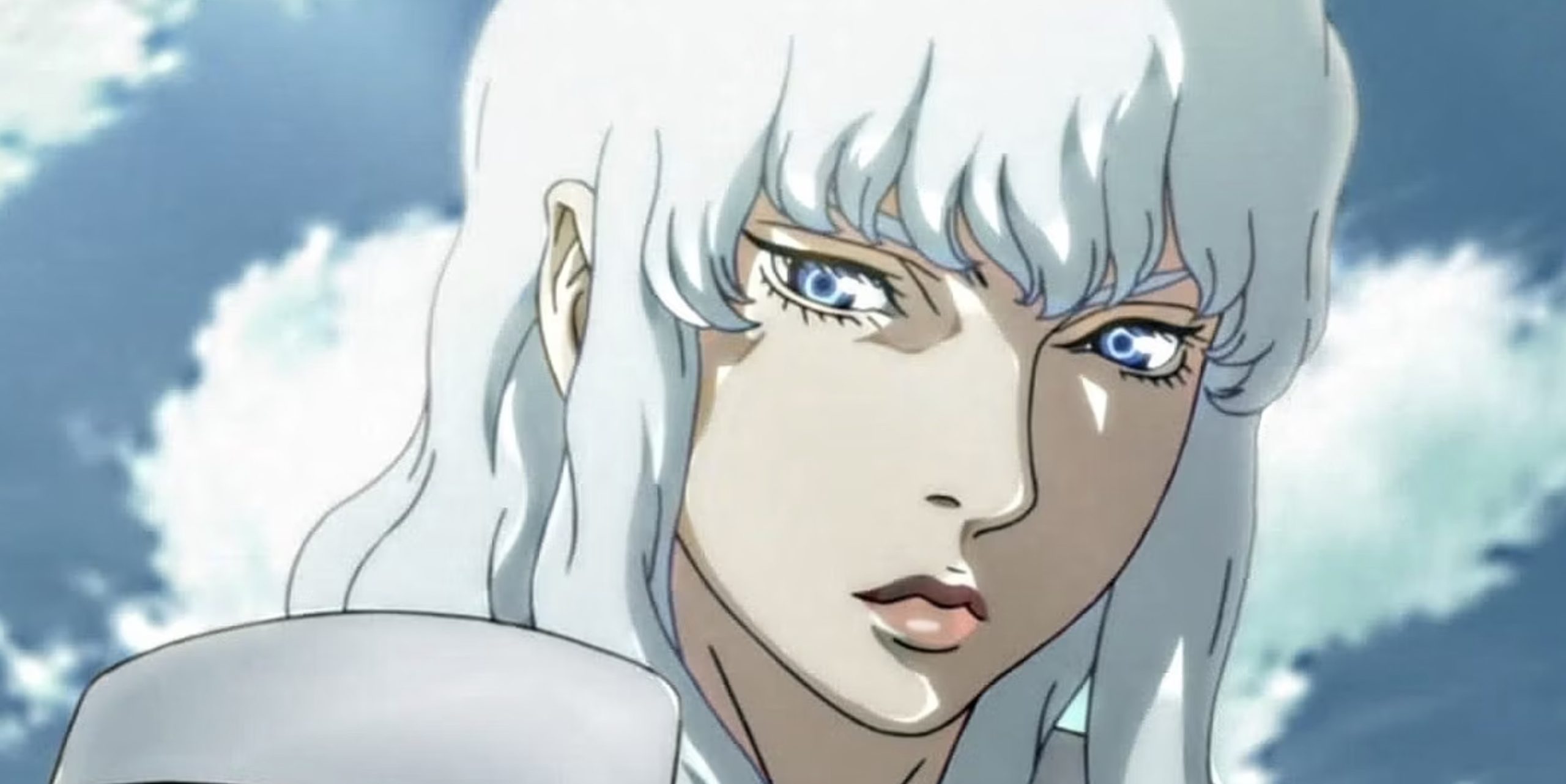
As Berserk’s narrative has proceeded over the years, it has only grown in complexity and depth, amazing audiences with its richly layered plotlines and multifaceted characters.
While Berserk may go into dark and challenging subject matter, it stands out as a masterpiece in manga and anime, raising itself above the rest with its unparalleled craftsmanship and storytelling prowess.
Berserk’s Artistry: A Masterclass in Visual Storytelling
One of the standout qualities of Berserk lies in its exceptional artwork, a facet that continues to set it apart from its contemporaries, particularly in later years. Kentaro Miura’s illustrations exude vitality, intricacy, and depth, amazing readers on multiple levels.
While undeniably stylized and bearing the hallmarks of manga, Miura’s artwork also possesses elements reminiscent of a darker interpretation of art nouveau.
The depiction of warriors, monsters, and plots within Berserk is characterized by a striking balance between lifelike realism and a sense of grandiosity. Miura’s mastery of shading and paneling imbues each scene with a palpable sense of authenticity and epic scale, particularly evident in the meticulously choreographed battle sequences.
Here, there is a remarkable fusion of motion and stillness, evoking the monumental painting brought to life.
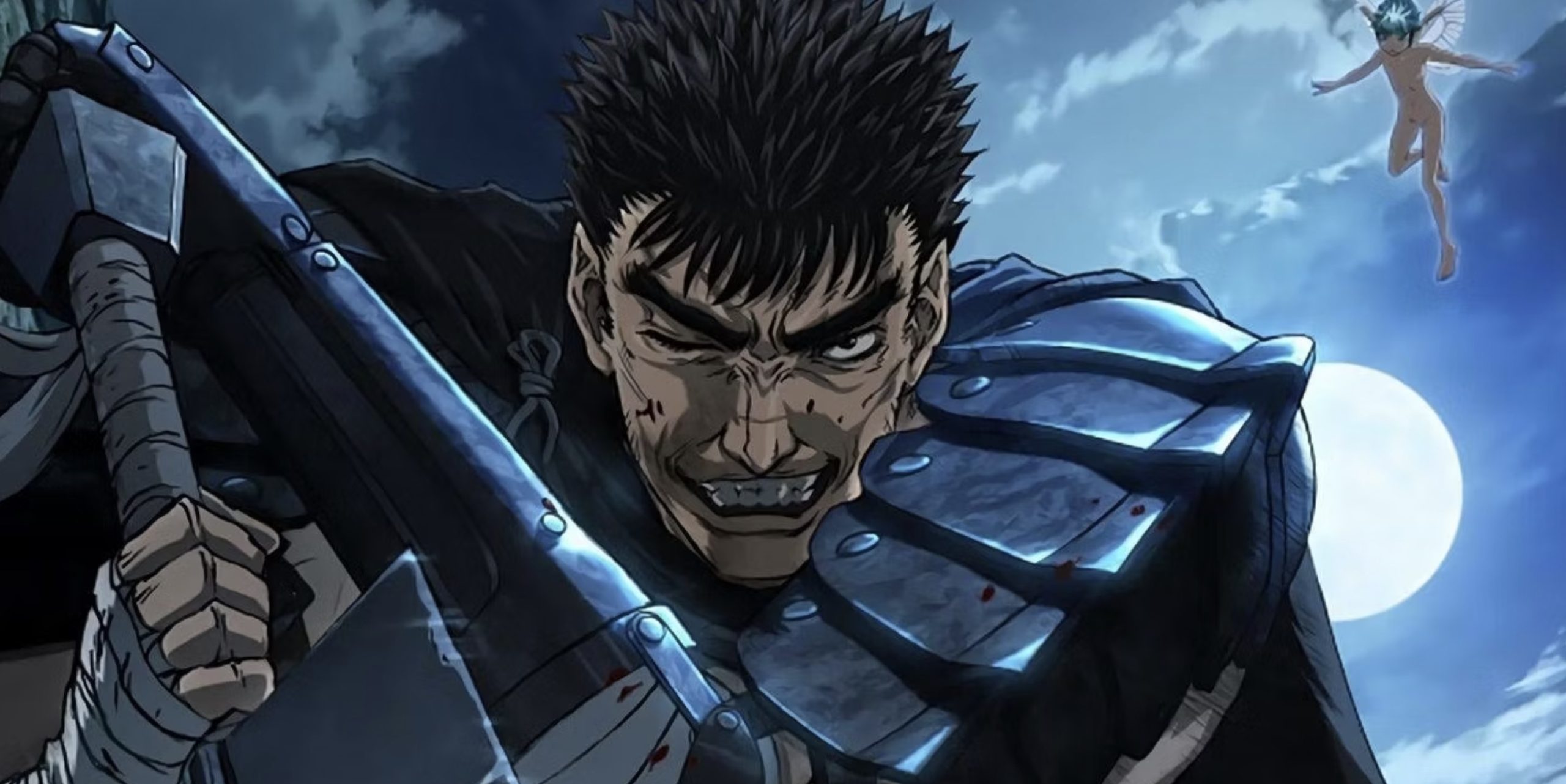
Central to the visual allure of Berserk is its adept use of framing, which serves to heighten tension and intrigue throughout the narrative. Every action resonates with visceral intensity, underscored by the raw and authentic portrayal of the characters’ reactions.
Despite its stylized aesthetic, Berserk never sacrifices the gravity of its subject matter, maintaining a delicate balance between realism and artistic expression.
This commitment to visual excellence reinforces Berserk’s status as a work of profound depth and significance, far removed from mere entertainment. The series confronts its audience with brutal and consequential themes, leaving a lasting impression that transcends conventional storytelling.
Unsurprisingly, adapting Berserk’s visual richness into anime form poses a formidable challenge, one that few adaptations have successfully met. The intricacies and nuances of Miura’s artwork are integral to the series’ identity, making it a daunting task to replicate its unparalleled quality on screen.

In the manga, there are several iconic artists and styles that have left an indelible mark on the medium. The late Akira Toriyama, in particular, stands as a legend whose art style and design aesthetic have shaped manga and video games for decades.
Similarly, more recent franchises like One Piece, helmed by Eiichiro Oda, have garnered recognition and adoration from fans worldwide.
However, even the most celebrated titles in manga history fall short when it comes to achieving the level of detailed depth found in Berserk.
While other popular series, such as Bleach, have faced criticism for occasional lapses in detail and background imagery, Berserk under Kentaro Miura’s hand consistently excelled in these fundamental elements.
Throughout its run, Berserk never compromised on its commitment to delivering unparalleled visuals, with Miura’s meticulous attention to detail evident in every panel.
The series consistently surpassed expectations, setting a standard of artistic excellence that few could rival. Even following the passing of the mangaka, Berserk’s triumphant return continues to uphold this legacy of artistic brilliance.
Miura’s masterful craftsmanship and unwavering dedication to his craft ensured that Berserk remained a visual masterpiece until the very end. His legacy lives on in the pages of the manga, where each illustration serves as a witness to his extraordinary talent and unparalleled artistic vision.
A Departure from Traditional Manga Tropes into Dark and Mature Worlds
As noted, Berserk deviates significantly from the lighthearted and cheerful tone typically associated with manga. Its target demographic falls firmly within the “seinen” category, distinguishing it from the more common shonen and shojo genres.
After delving into Berserk, readers gain a stark understanding of the themes and content characteristic of manga aimed at mature audiences.
In mainstream battle shonen manga, such as Dragon Ball, a substantial focus is placed on fighting and violence. While the early installments of Dragon Ball centered around martial arts adventures and the necessity for protagonist Goku to undergo rigorous training, the tone has shifted dramatically in Dragon Ball Super.
Now, the narrative explores cosmic themes, with Goku and his allies encountering deities and engaging in battles of cosmic proportions.
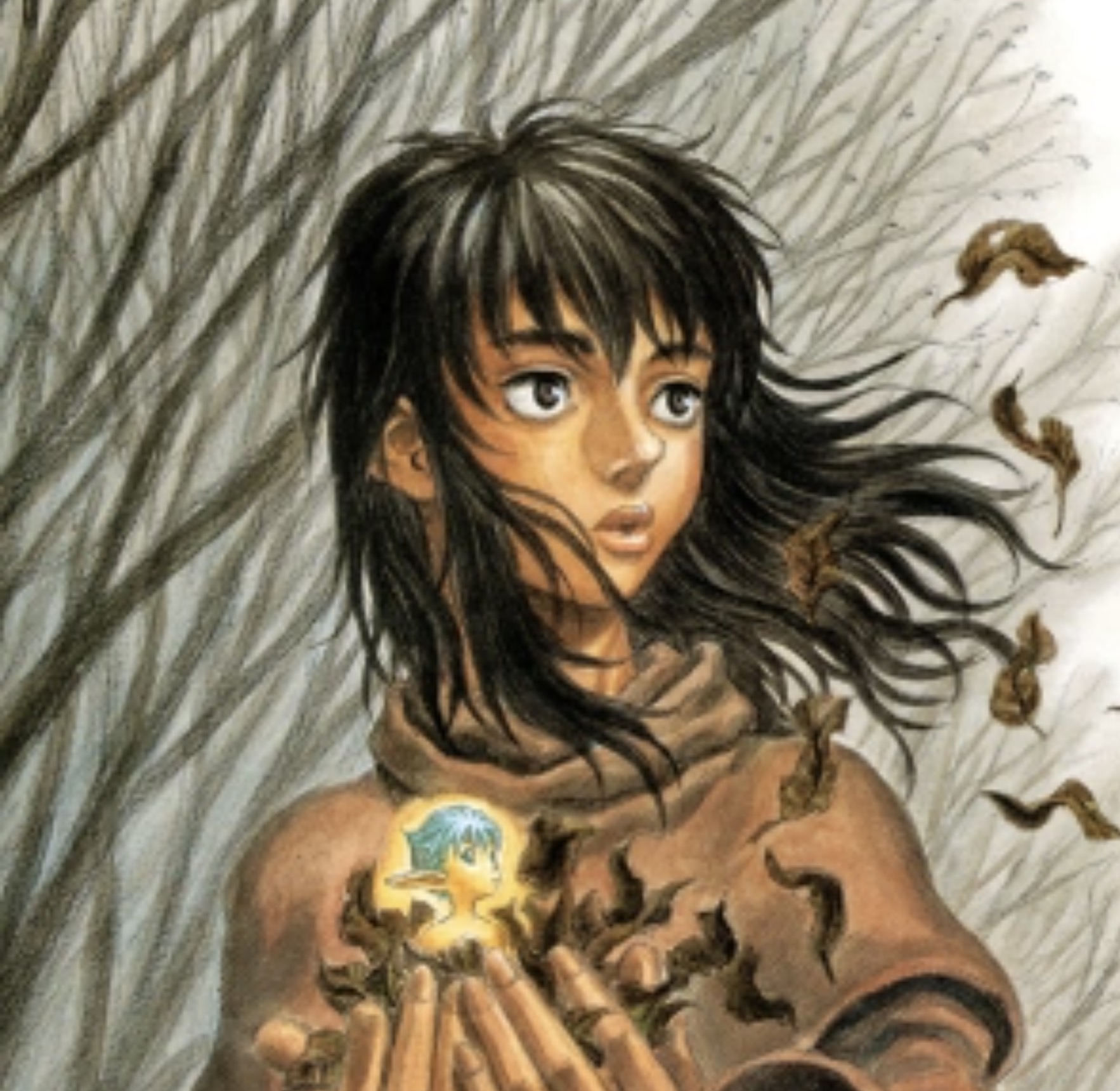
Despite the epic scale of these battles, the depiction of violence remains relatively restrained, with blood typically limited to minor injuries such as scrapes and nosebleeds.
This restrained approach to violence is common in most shonen manga, where gore and overtly violent elements are kept to a minimum. However, with the emergence of the “dark shonen trio,” there has been a gradual shift towards more mature themes and content.
Even so, these works still pale in comparison to the unflinching portrayal of violence and the harsh realities of warfare found in Berserk.
In Berserk, violence is depicted with brutal realism, never shying away from its visceral and disturbing nature.
Even when introducing fantasy creatures and otherworldly elements, the series maintains a grounded and gritty tone, utilizing these elements to enhance the brutality of combat rather than detract from it with sensationalism.
The emphasis is on storytelling rather than mere spectacle, with the portrayal of violence serving to further the narrative’s exploration of darker themes and complex character dynamics.
In Berserk, there are tangible repercussions for every action, with no effort made to gloss over or trivialize the consequences in order to maintain the status quo.
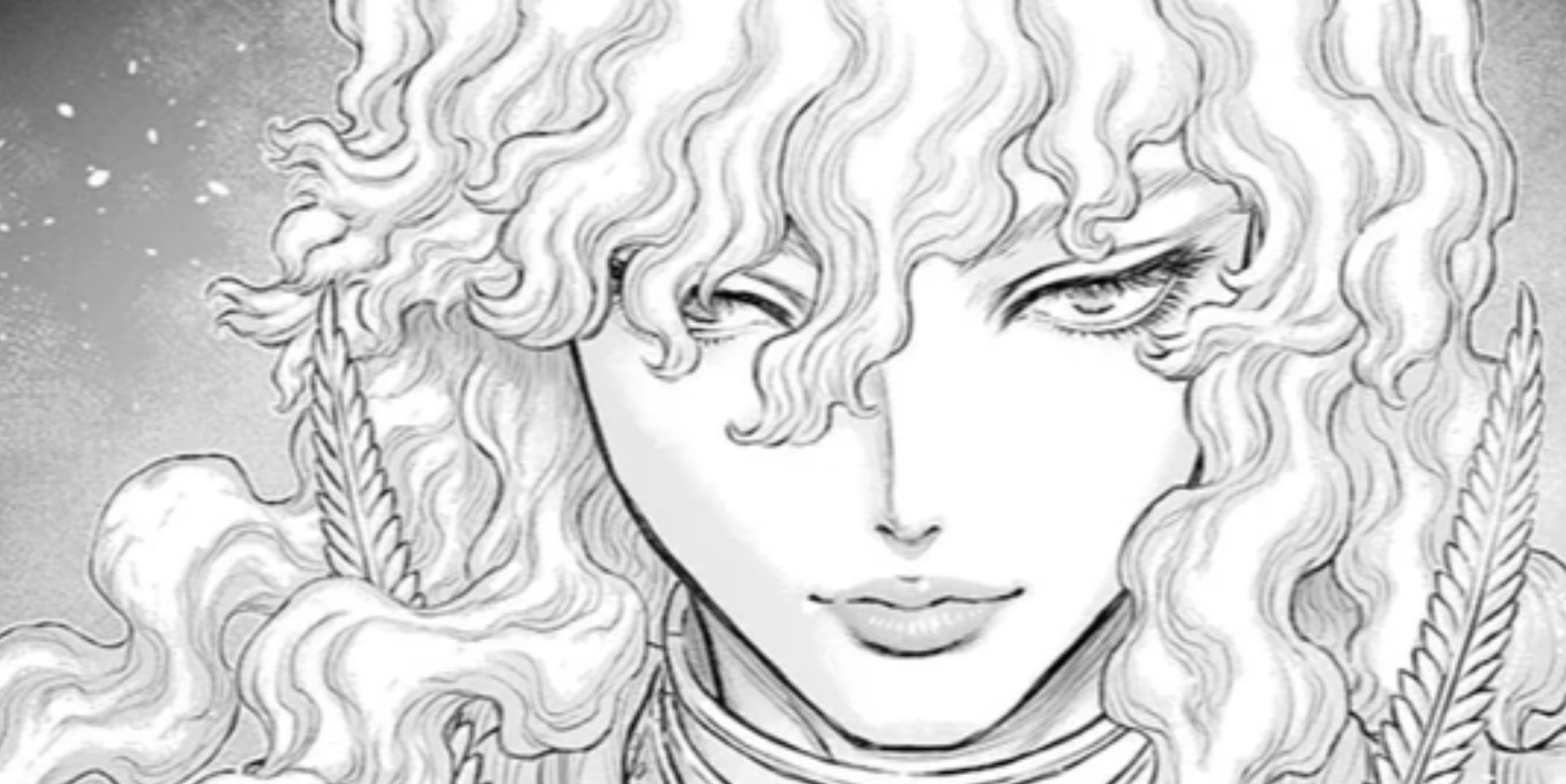
A prime example of this is seen in the “Golden Age” arc, where Guts suffers the loss of his arm. Similarly, unlike mainstream shonen titles that often treat sexuality in a superficial or comedic manner, Berserk confronts these aspects of life with a raw and unflinching honesty.
In Berserk, the portrayal of sexuality is not sugar-coated; instead, it is often depicted in a disturbing and violating manner, particularly to the detriment of female characters. While this may sound harsh, it is precisely in these moments that Berserk distinguishes itself and proves its narrative worth.
Rather than relying on gratuitous violence or sexuality for shock value alone, Berserk employs these elements as integral components of its storytelling.
Each instance serves to propel the narrative forward and deepen the characterization, contributing to a richer and more complex exploration of the series’ themes.
While some may label Berserk as a “grimdark” fantasy manga, this characterization overlooks the depth and quality of its writing. One of the standout features of Berserk’s writing lies in its characters, who defy simplistic archetypes to reveal the multifaceted layers of the series’ world.
The Dynamic Evolution of Characters Amidst Darkness
The characters in Berserk are far from static or one-dimensional, a witness to the depth and complexity of the series despite its bleak and dreadful events.
Even Guts, who may initially appear as a typical “killing machine” protagonist, undergoes significant development and reveals layers of depth as the story progresses.
Initially driven by his prowess in combat, Guts undergoes a transformation following his encounters with Griffith, beginning on a journey of self-discovery that leads him to develop a genuine passion for swordsmanship.
Along the way, his solitary nature gradually softens as he forms meaningful connections with allies who prove themselves worthy of his trust and loyalty.
Despite his overwhelming desire for revenge, Guts learns to set aside his personal vendetta for the sake of Casca, whom he comes to love in unexpected ways.

Similarly, Lady Farnese experiences a profound evolution, transitioning from rigid adherence to her beliefs to questioning the dogma that once defined her, thanks to her interactions with Guts.
Through these character arcs, Berserk explores themes of redemption and hope, portraying the gradual transformation of its characters in a slow, methodical, and often subtle manner that feels authentic and organic. This ability to reinvent itself while remaining true to its core is a witness to the series’ narrative depth and storytelling prowess.
Achieving this delicate balance between character development and maintaining thematic consistency is no easy feat, as demonstrated by other manga series like Dragon Ball Z.
However, Berserk masterfully explores this complexity, infusing moments of hope and positivity amidst its dark and somber narrative.
Whether it’s the culmination of Guts and Casca’s relationship or the peeks of joy and camaraderie shared among trusted companions, Berserk imbues its story with layers of complexity that resonate with readers on a deeply human level.
This nuanced portrayal of characters and their journey is a hallmark of Berserk’s storytelling, setting it apart from conventional action manga and enriching its narrative with a relatable duality seldom seen elsewhere.


